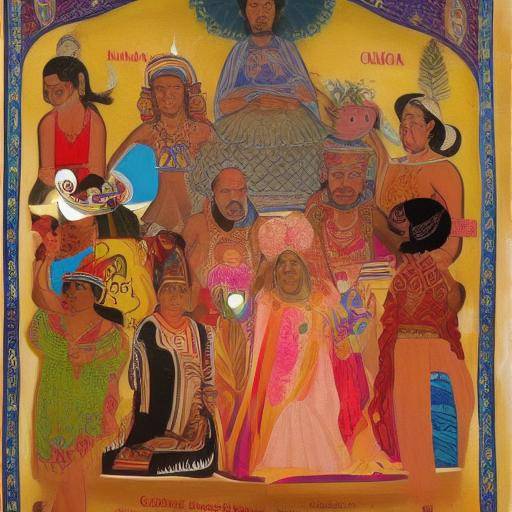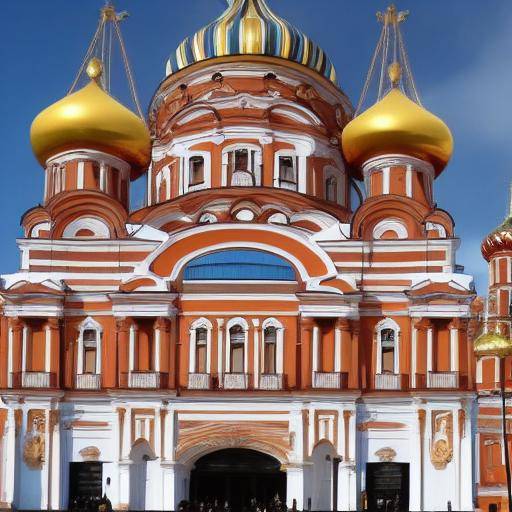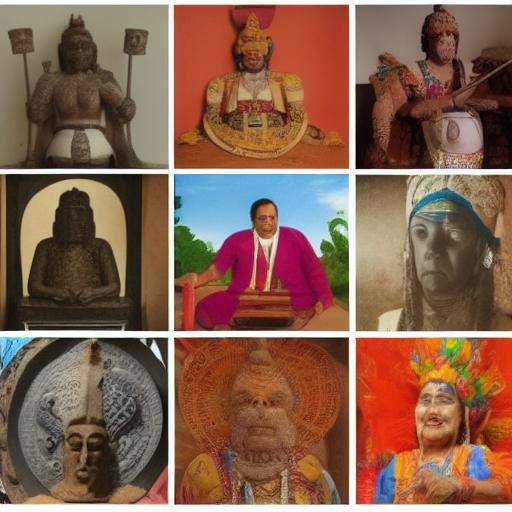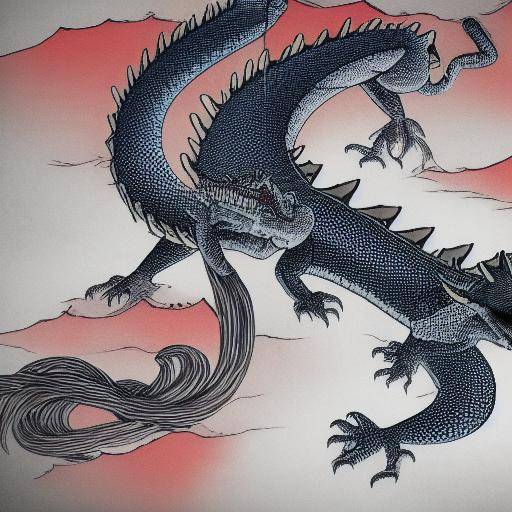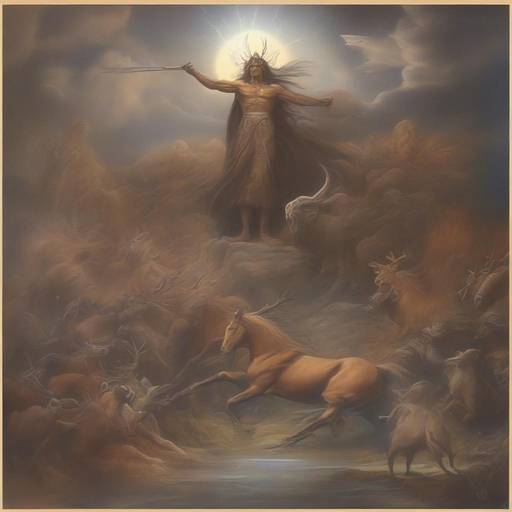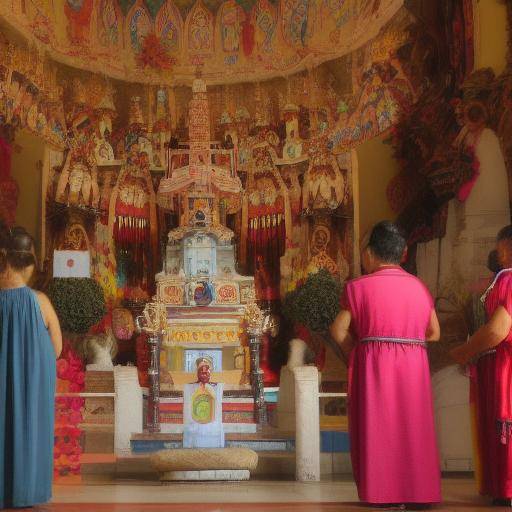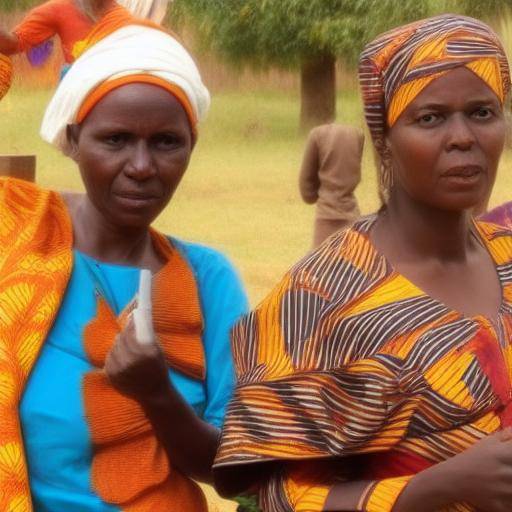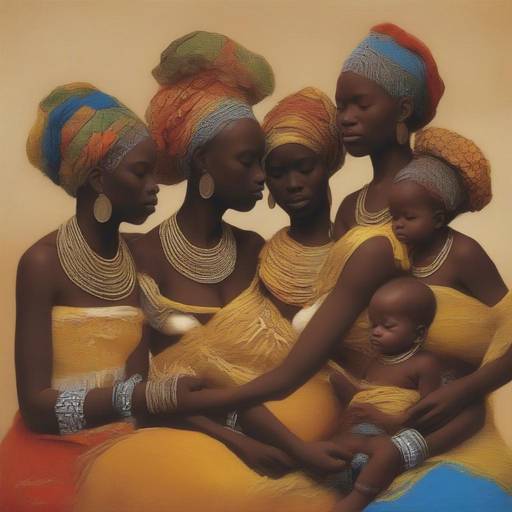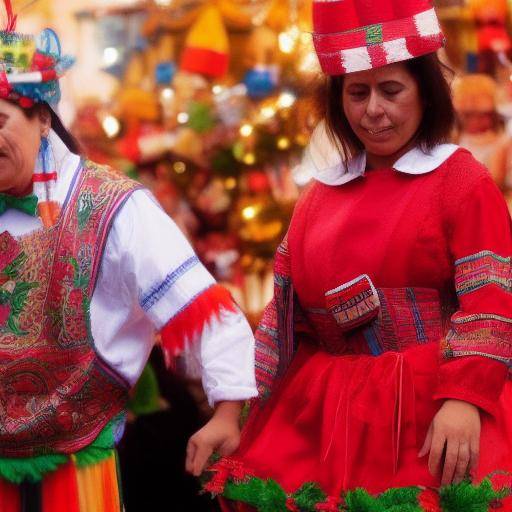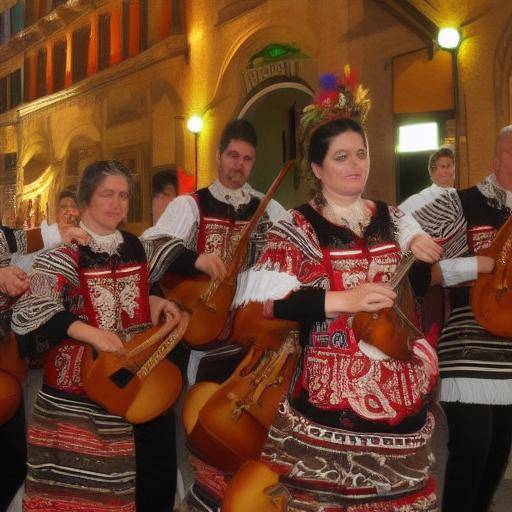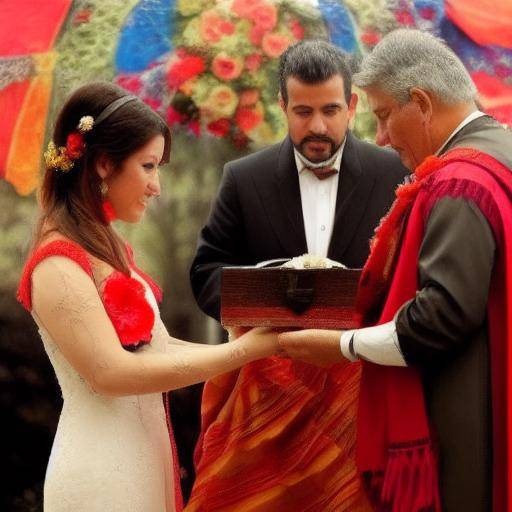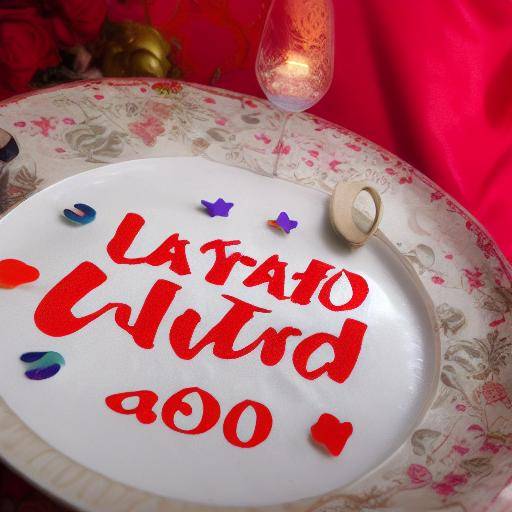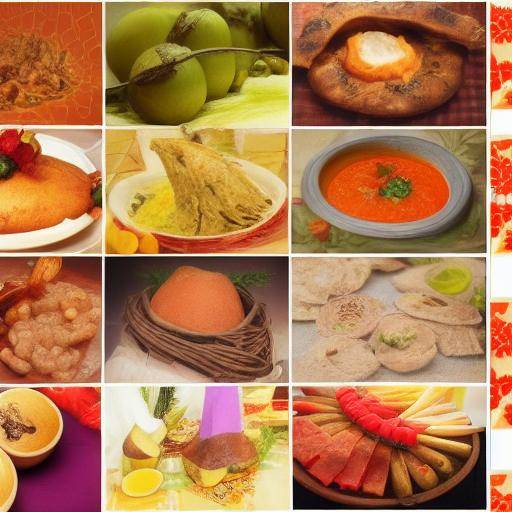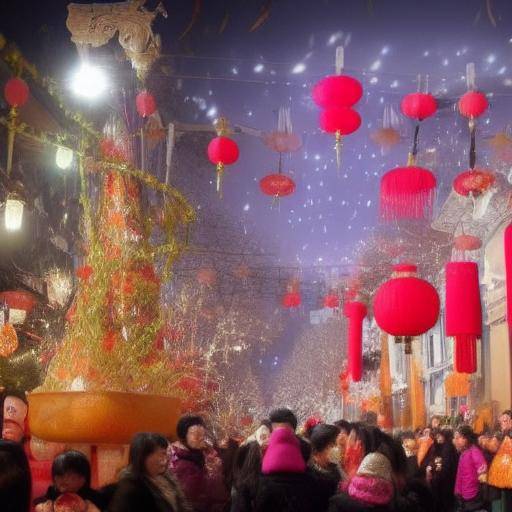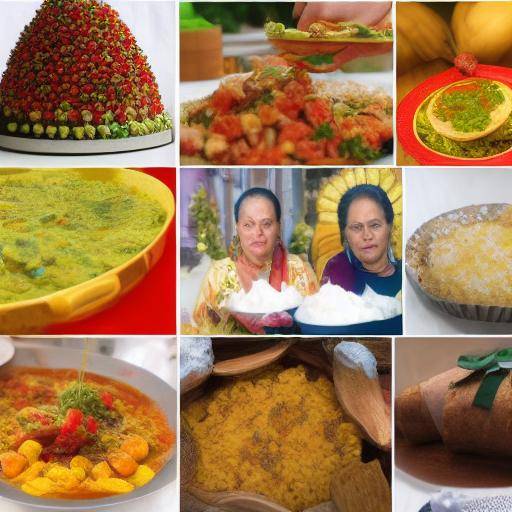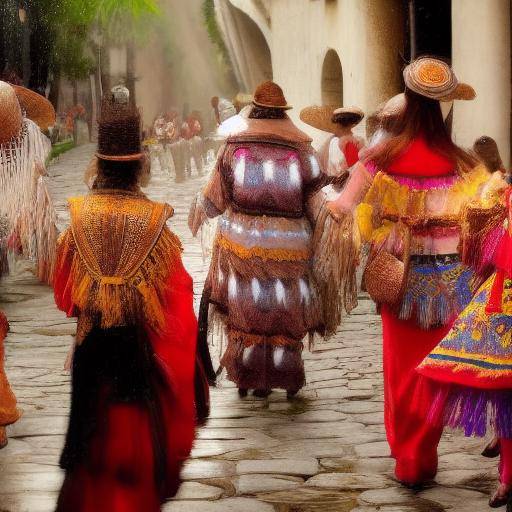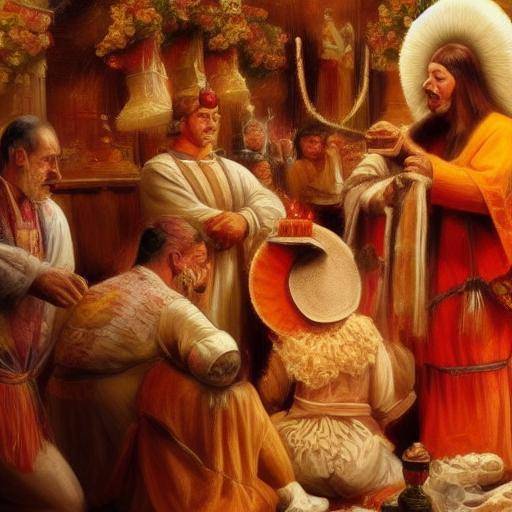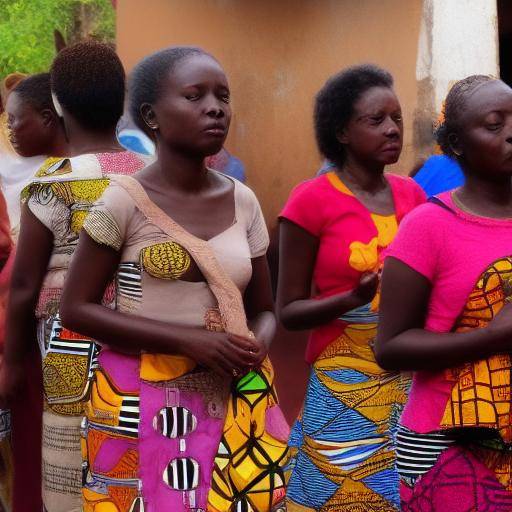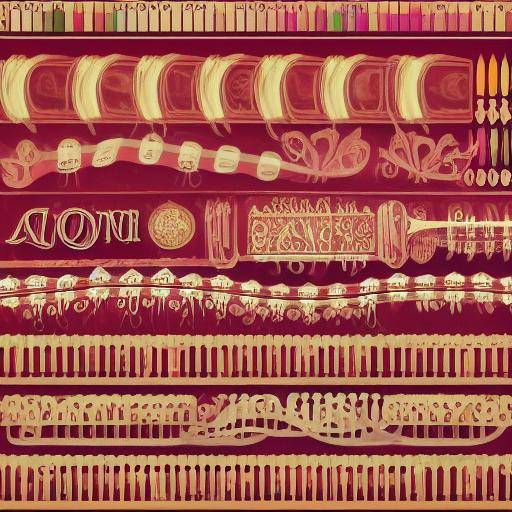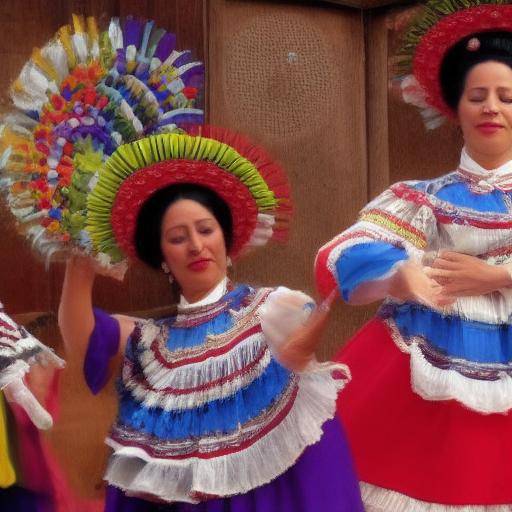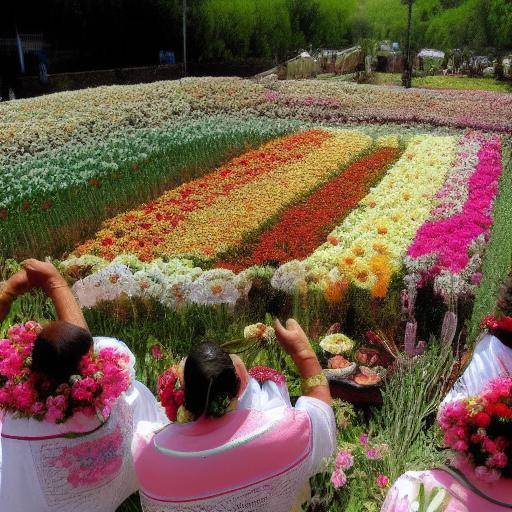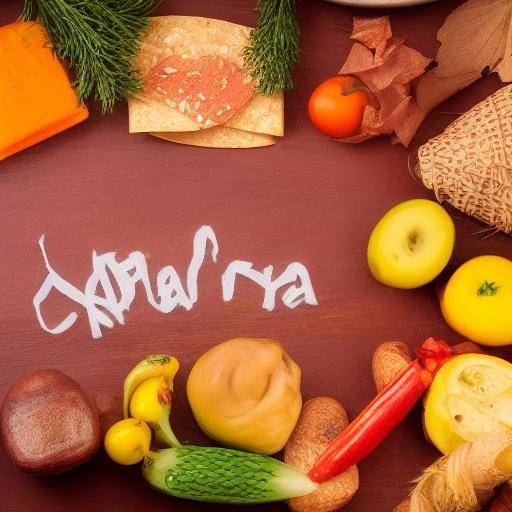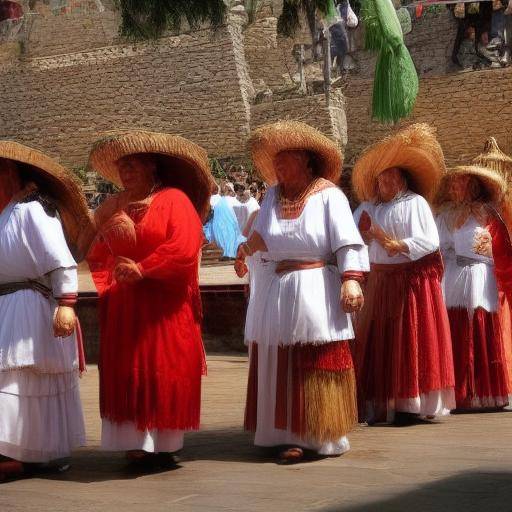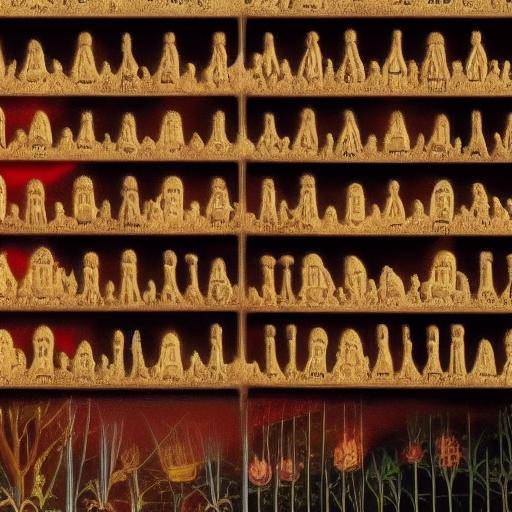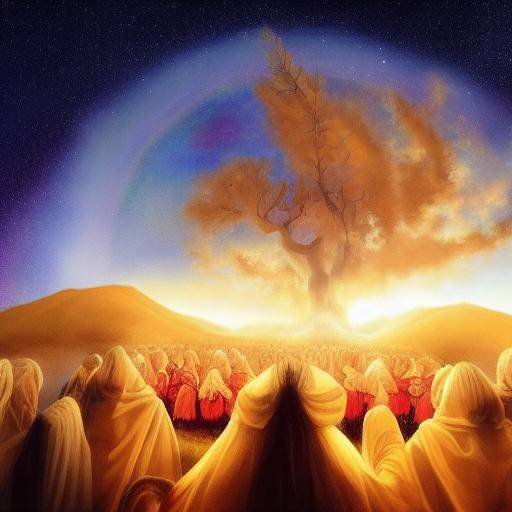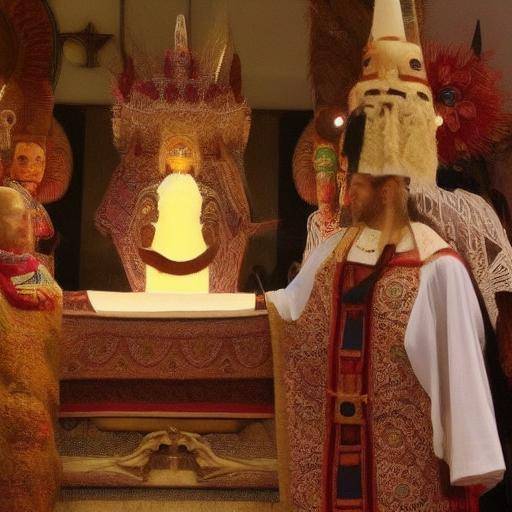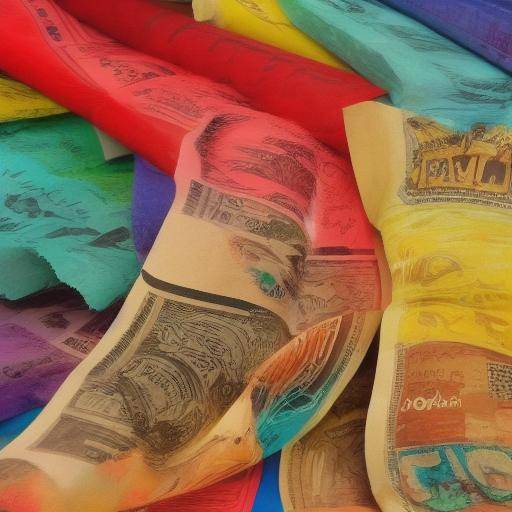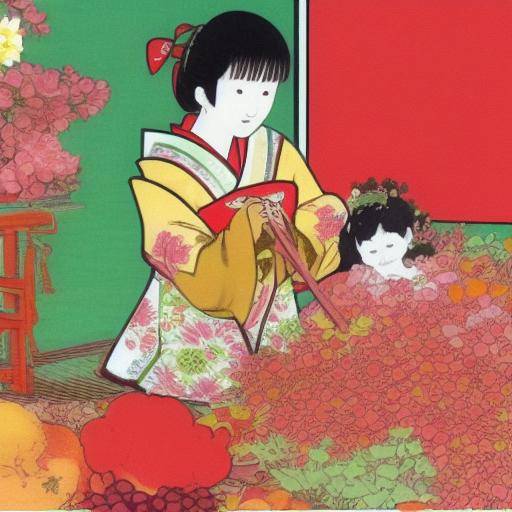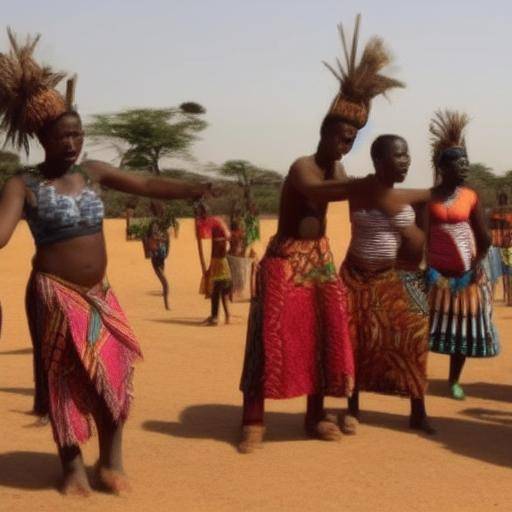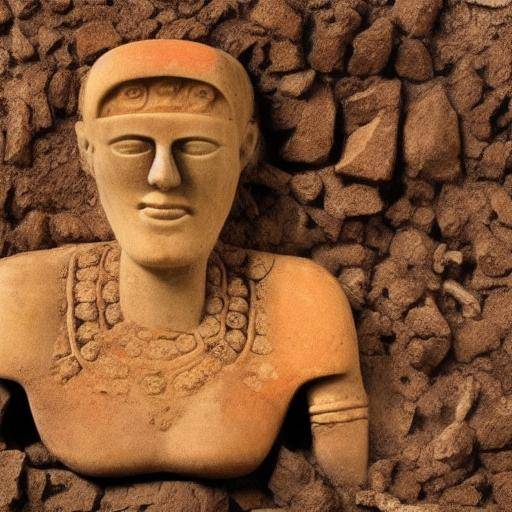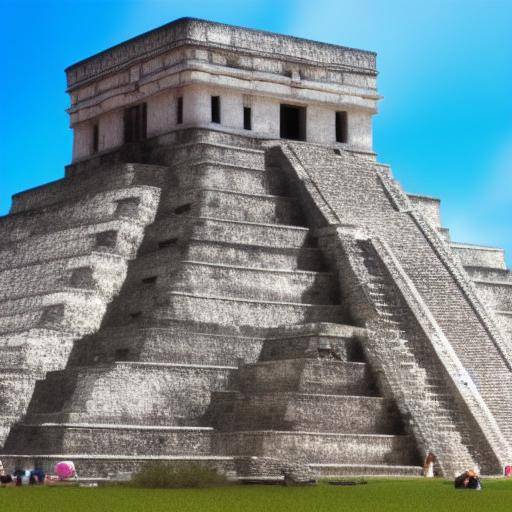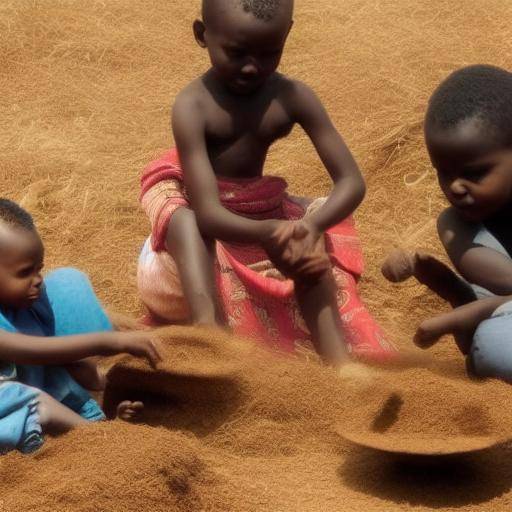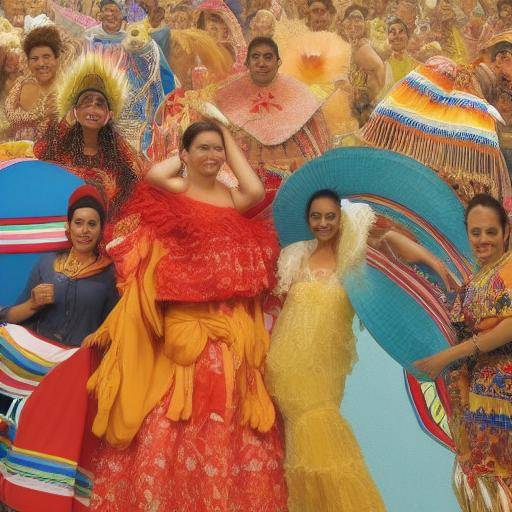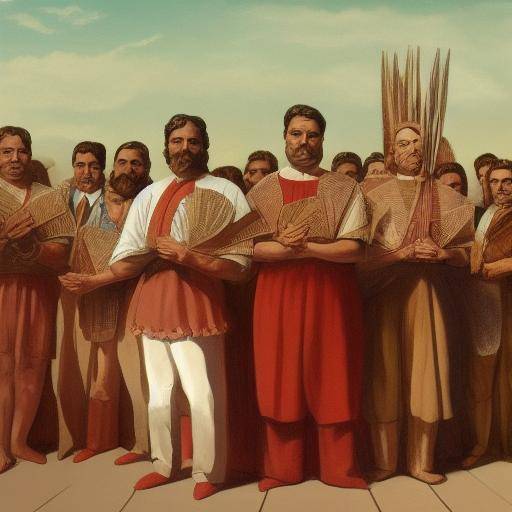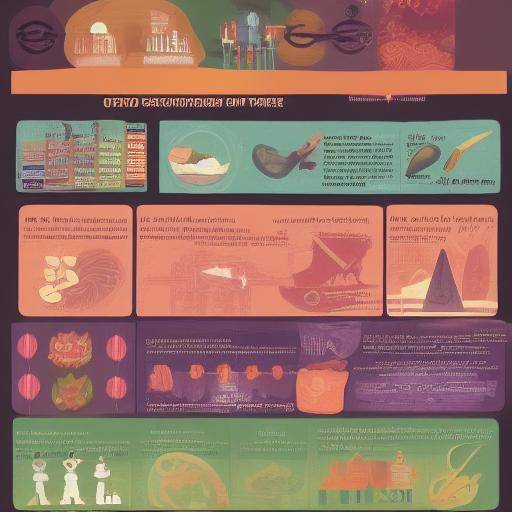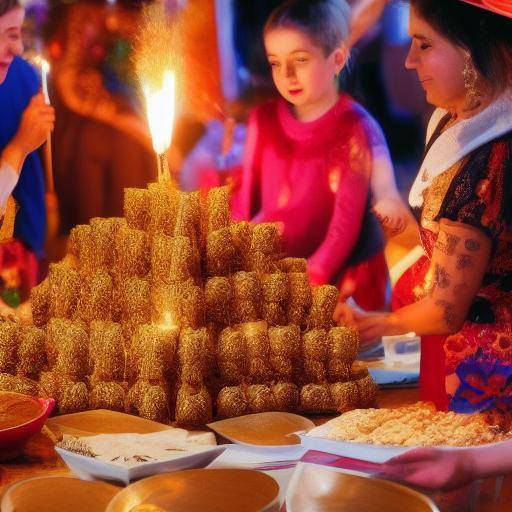
Introduction
The New Year is a celebration that takes place around the world, marking the beginning of a new cycle and offering the opportunity to reflect and renew hopes. Throughout the centuries, diverse cultures have developed unique traditions to welcome the New Year. In this article, we will explore the meaning of New Year's traditions in different cultures, discovering the historical roots, the diversity of practices and symbolic values that underlie these customs.
History and Background
The traditions of the New Year have their roots in ancient celebrations and rituals linked to the cycle of nature, the passage of time and religious beliefs. In Mesopotamia, more than 4000 years ago, the Akitu festival was held to honor the gods and mark the beginning of sowing. In ancient Rome, the feasts of Saturnalia spread from 17 to 23 December, including exchanges of gifts and banquets. In the Gregorian calendar, instituted by Pope Gregory XIII in 1582, on January 1 it became the standard date to celebrate the New Year.
Over the centuries, these traditions have merged with local beliefs, religious influences and rituals of good luck. In China, the Chinese New Year, also known as the Spring Feast, is marked by the explosion of firecrackers to remove evil spirits and give way to good fortune. In Japanese culture, the New Year, or "oshogatsu", is celebrated with visits to temples, the preparation of traditional dishes and the practice of "hatsumode", which consists of the first visit to the sanctuary.
Analysis in Deep
The traditions of the New Year are not only cultural festivals, but also play a crucial role in transmitting values, social cohesion and fostering optimism for the future. In Latin America, families meet to enjoy a special dinner and perform rituals such as sweeping the house away from bad luck. In Spain, the tradition of eating 12 grapes at midnight symbolizes prosperity for each month of the coming year.
The wealth of these traditions lies in their ability to unite communities, preserve cultural identity and foster intergenerational transmission of values. However, they also pose challenges in a globalized world, where the preservation of traditions faces the impact of modernization and the influence of dominant cultures.
Comprehensive review
The meaning of New Year's traditions in different cultures lies in the emotional connection, the sense of belonging and the hope they infuse in people. These celebrations provide an anchor in time, marking the end of a cycle and opening the doors to new opportunities. In turn, they allow us to reflect on the past, strengthen social cohesion and renew faith in the future.
By comparing these customs, there is an incomparable wealth of practices, symbols and meanings that reflect human diversity and the richness of traditions. Although the ways of celebrating the New Year vary, the common desire for prosperity, love and happiness subdues all of these traditions.
Conclusion and Frequently Asked Questions
The traditions of New Year in different cultures remind us of the diversity of the world and the richness of human customs. As we enter a new year, it is crucial to value and respect these practices as a fundamental part of our collective identity.
Frequently asked questions
Question 1: What are some of the most unusual New Year traditions in the world?
In Romania, you have the custom to throw garlic heads around the house to keep away the evil, while in Scotland, the Hogmanay festival includes the tradition of "first footing", where the first person to cross the threshold of a house after midnight brings gifts and good luck. These are just some of the many unique traditions in the world.
Question 2: What is the meaning of the color of the underwear in the traditions of New Year in Latin America?
In many Latin American cultures, it is believed that the color of the underwear used to receive the New Year can influence the type of year to be taken. For example, yellow is associated with prosperity and money, red with love and passion, white with peace and harmony, and green with hope and health.
Question 3: How is New Year celebrated in Hindu culture?
In India, the celebration of the New Year varies according to different regions and traditions. However, a common practice is the realization of purification rituals, the decoration of houses with flowers and the exchange of sweets and gifts. The festivities often include music, dance and fireworks shows.
Question 4: What symbolizes traditional food in New Year celebrations?
Food plays a significant role in New Year celebrations in many cultures. For example, in Japan, "osechi" is a special meal composed of various symbolic dishes that represent desires for prosperity, longevity, family happiness and health. In Italy, the "cenone di Capodanno" presents dishes such as lentils, symbol of prosperity, and pig, associated with progress and growth.
Question 5: What is the origin of the famous "Auld Lang Syne" sung at the New Year celebrations?
"Auld Lang Syne" is a Scottish song that sings around the world to say goodbye to the old year and welcome the new one. It was written by the poet Robert Burns in 1788 and has become a universal hymn of friendship and nostalgia, evoking memories of the past and the promise of a shared future.
Question 6: What is the importance of New Year's traditions in the modern and globalized era?
Despite the challenges facing New Year's traditions in a modern and globalized world, its importance lies in preserving cultural diversity, strengthening family and community relations, and transmitting values and beliefs that transcend time. These traditions connect us with our roots, give us a sense of identity and remind us of the wealth of human experience in all its expressions.
Conclusion
The traditions of New Year in different cultures invite us to celebrate the diversity and richness of human experience. Through these practices, we renew our faith in the future, honor the past and celebrate unity in diversity. May the New Year give us the opportunity to value and respect these traditions as an invaluable legacy that enriches our lives.


